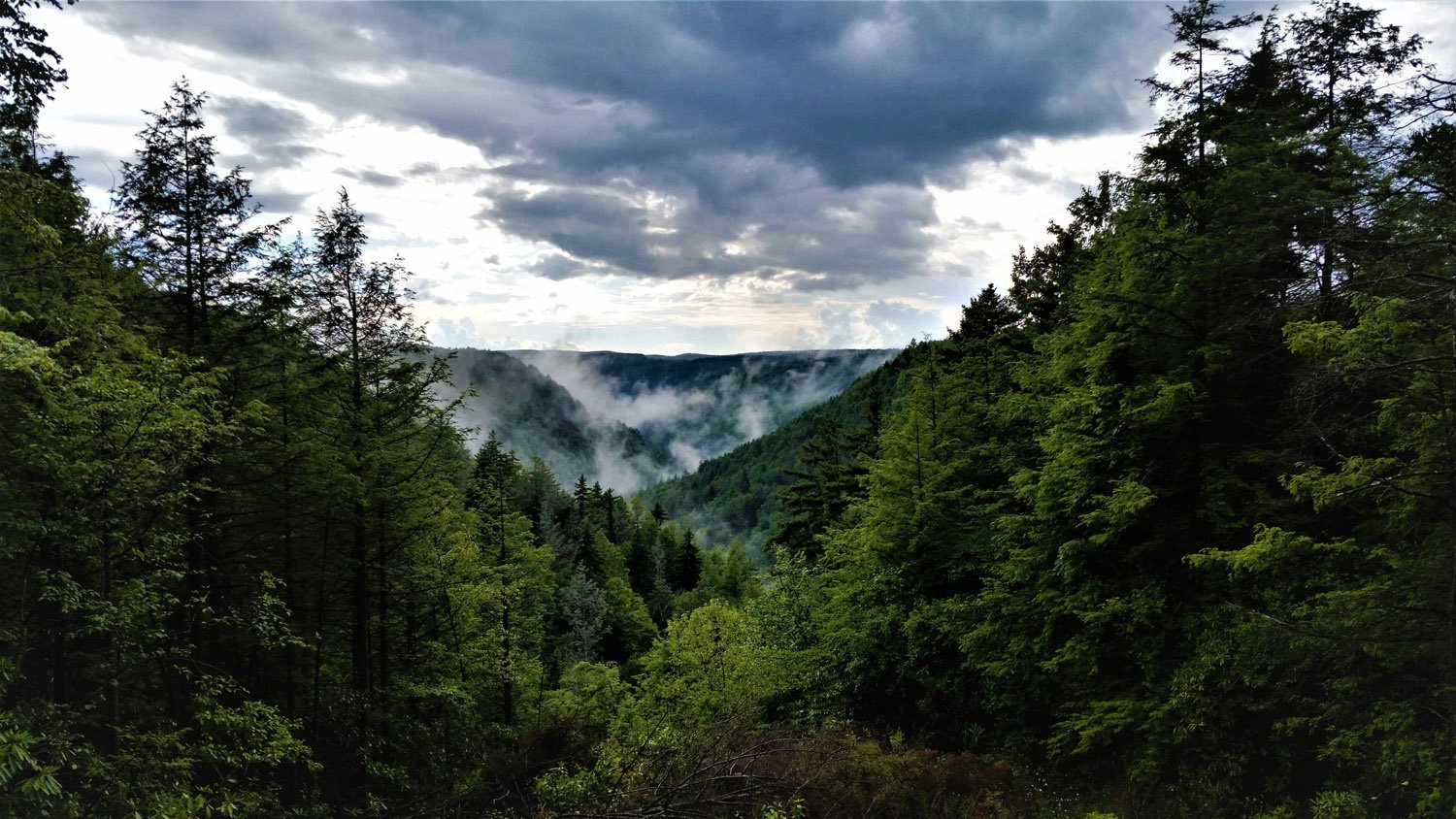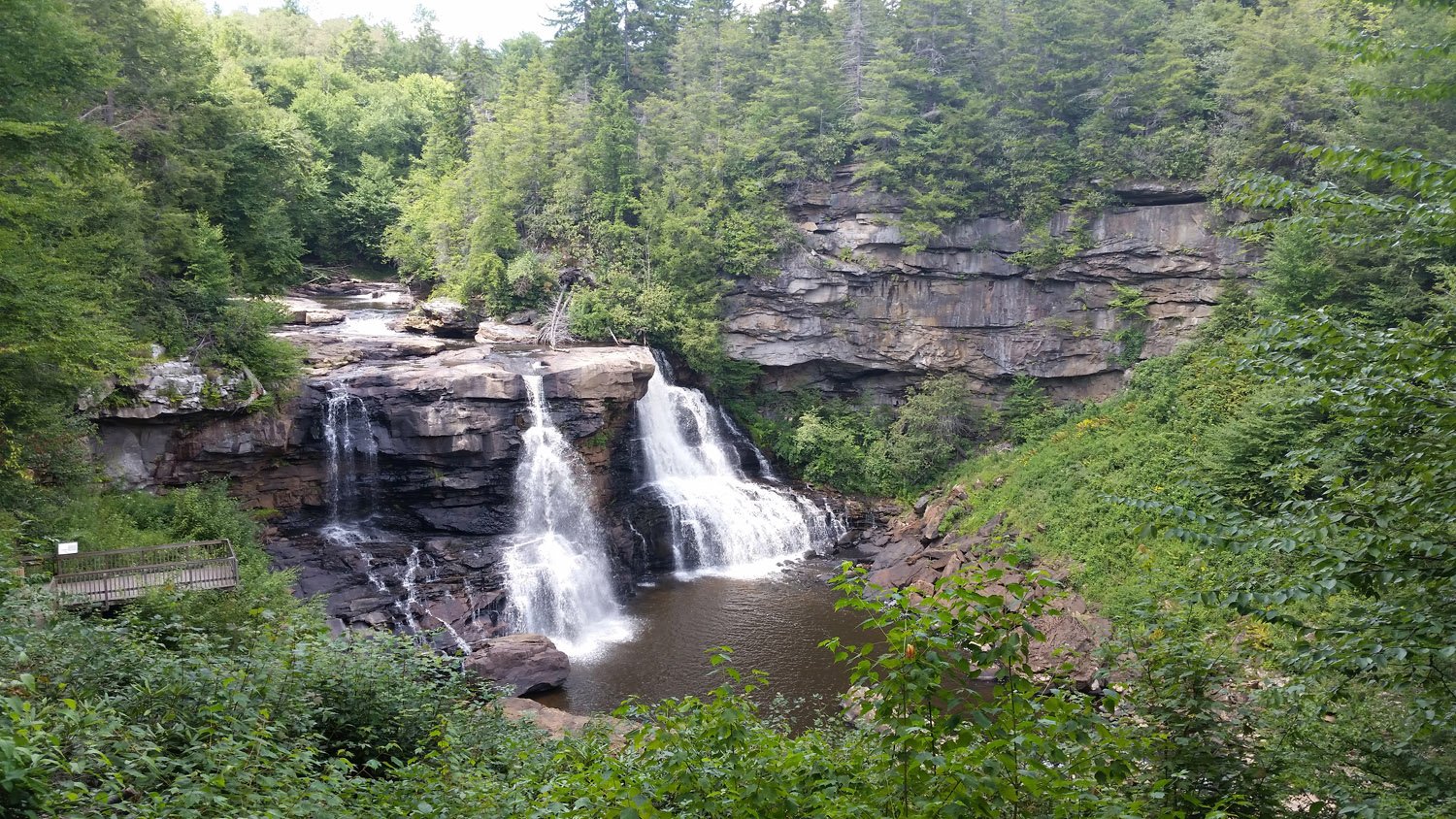In one of the first long-term studies to explore how changing soils have impacted plant water uptake, researchers report that plants in soil leached by polluted rain drink more water. These findings reveal acid rain’s long-term impact on large-scale forest water cycles, which is critical for understanding future water availability, and they could also help explain some of the uncertainty scientists have encountered in terrestrial biosphere models, the authors say.
Matthew Lanning et al. investigated changes in soil water available to plants in the Fernow Experimental Forest of West Virginia, the site of a decades-long watershed acidification experiment. They used 23 years of lysimeter data (which can be used, with precipitation data, to estimate the transfer of water from soil to the atmosphere) along with traditional estimates of the differences between precipitation and water discharge from plants.

The estimates show that the acidified watershed had significantly higher soil-to-atmosphere water transfer than occurred in a “control” watershed, which the lysimeter data confirmed by indicating that the average volume of the treated watershed was significantly lower than the control.

[rand_post]
The researchers suggest that soil acidification causes calcium to leach from the soil—and since calcium plays an important role in signaling plant stomata to close, its absence would cause these water loss-regulating pores to remain open. This would allow evapotranspiration to continue, explaining the plants’ greater water uptake.
